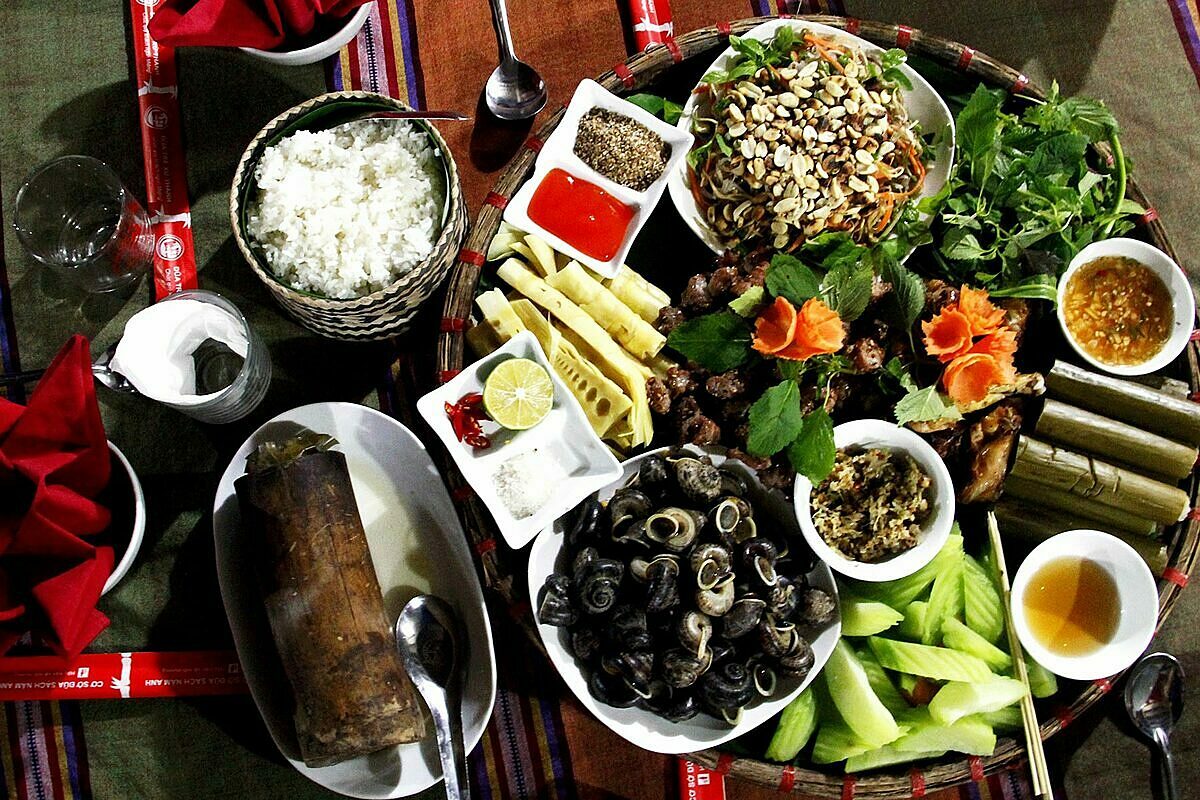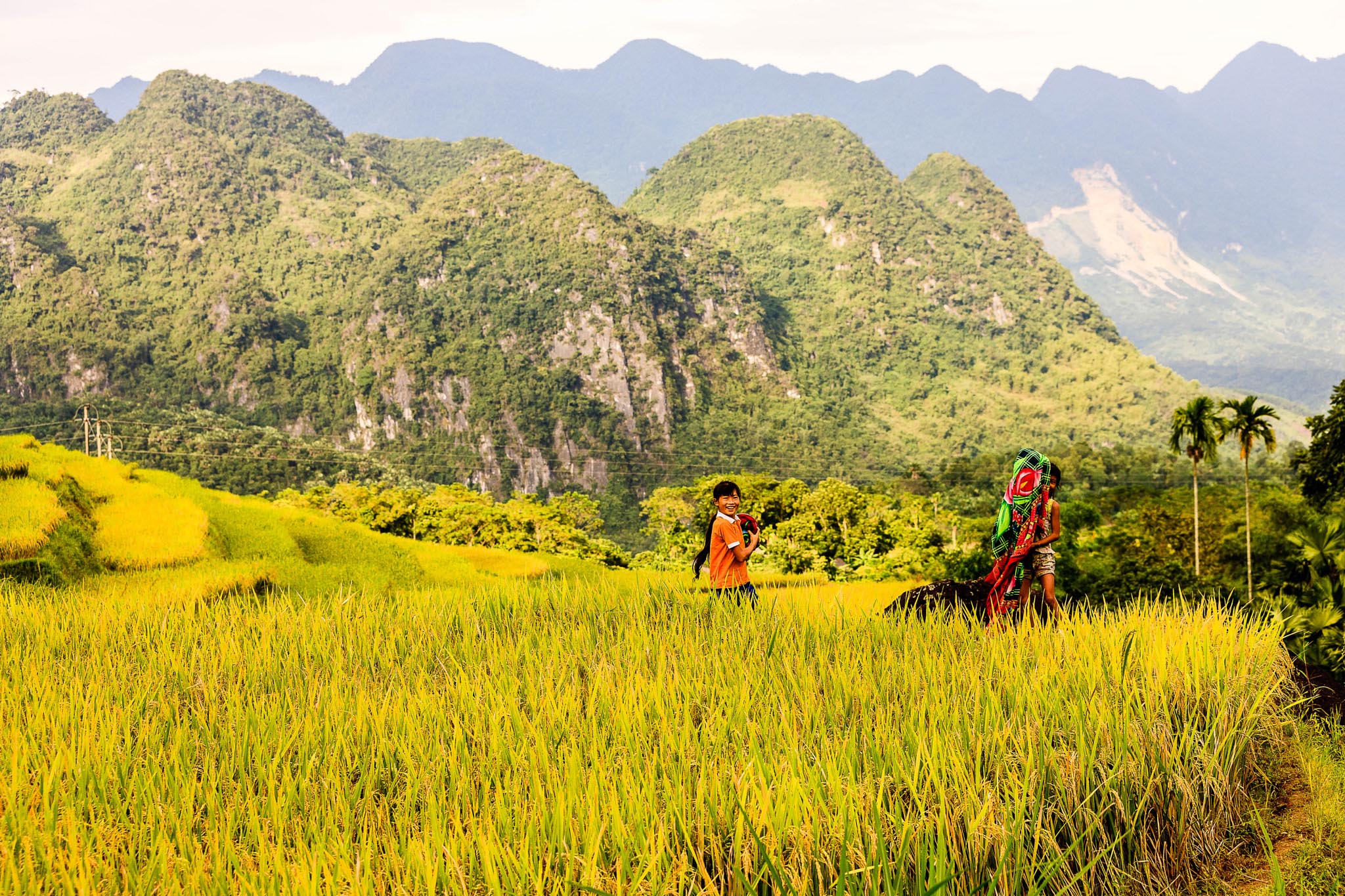Pu Luong trekking offers an immersive journey through lush landscapes, terraced rice fields, ethnic villages, and cascading waterfalls, providing an authentic rural experience.
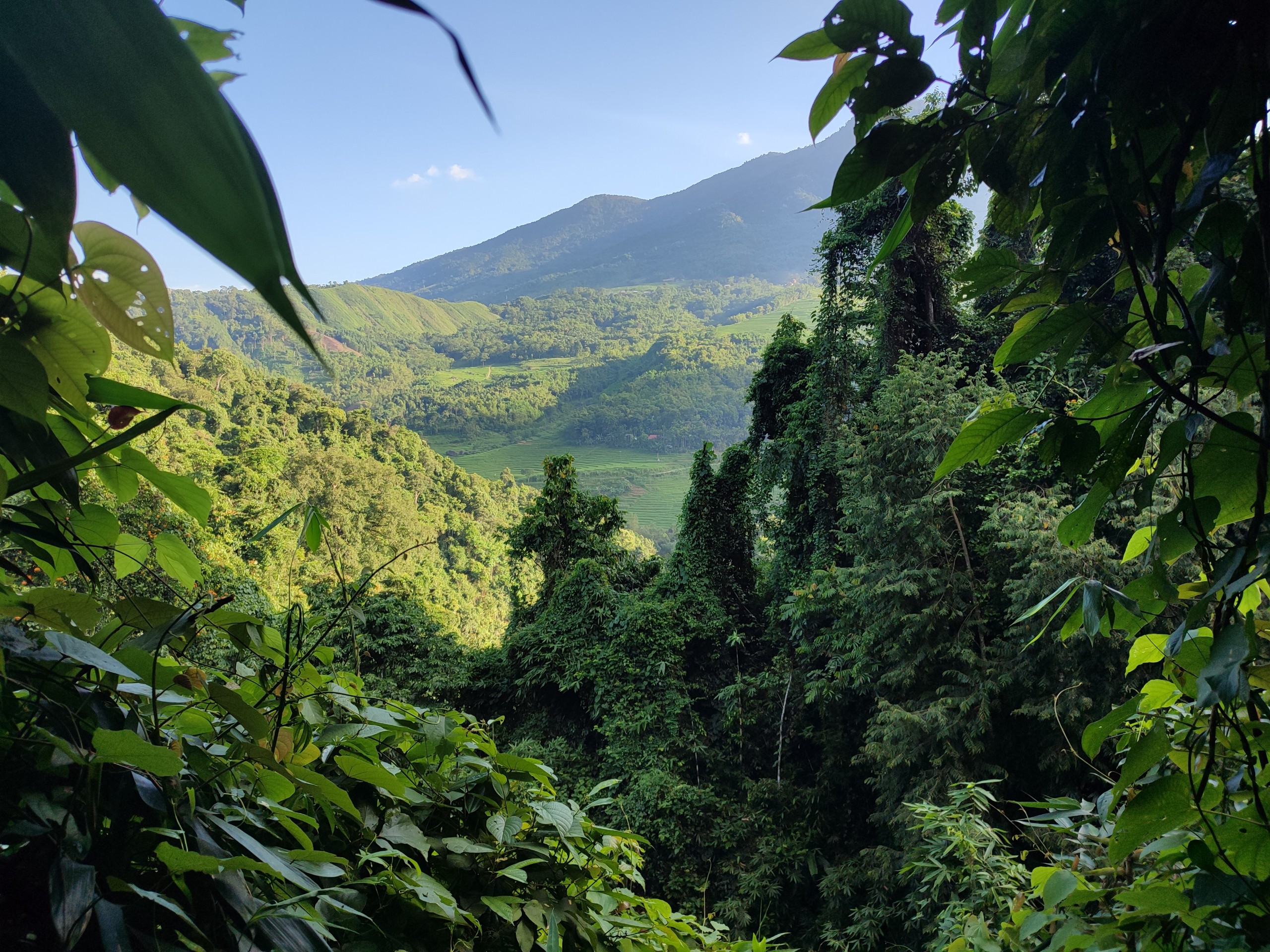
Venturing into Pu Luong in Thanh Hoa reveals a remote haven in Vietnam, offering an escape into rustic tranquility. Pu Luong trekking immerses adventurers in untouched landscapes, providing an opportunity to disconnect amidst nature’s unspoiled beauty. We will delve into the art of Pu Luong trekking, providing invaluable insights for a fulfilling exploration of this pristine terrain.
1. Is trekking in Pu Luong worth it?
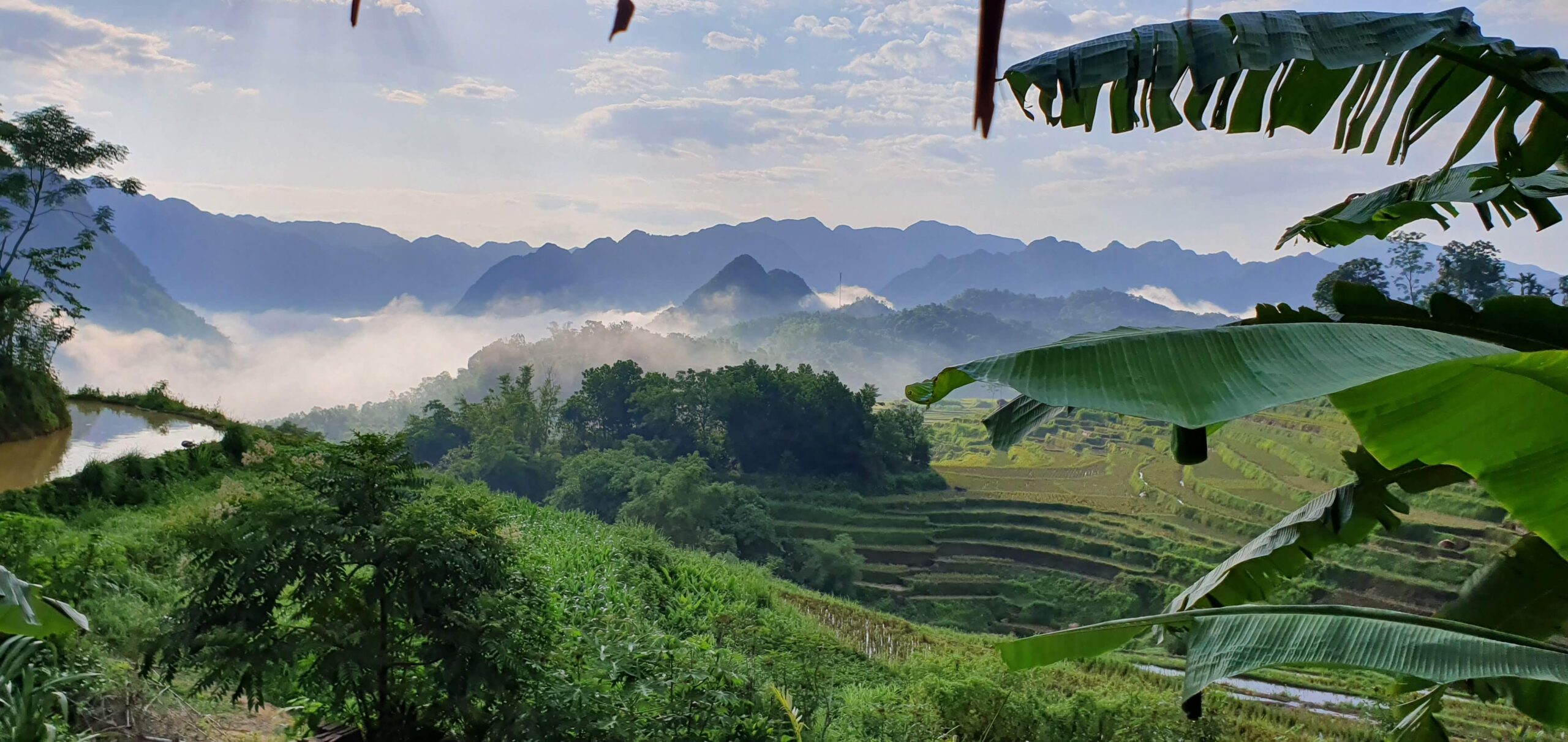
Located approximately 160 kilometers from Hanoi, Pu Luong Natural Reserve is a haven for nature enthusiasts and adventure seekers. Spanning 17,662 hectares, it hosts diverse landscapes, encompassing lowland jungles, mountainous terrain, and bamboo groves. This area is home to the Thai and Muong ethnic communities, promising an immersive experience of the local culture. Moreover, with the impressive 1,700-meter-high Pu Luong Peak, it is an ideal destination for Pu Luong trekking, hiking, and mountain climbing while capturing stunning photographs along the way.
2. Ideal time for a memorable Pu Luong trekking experience
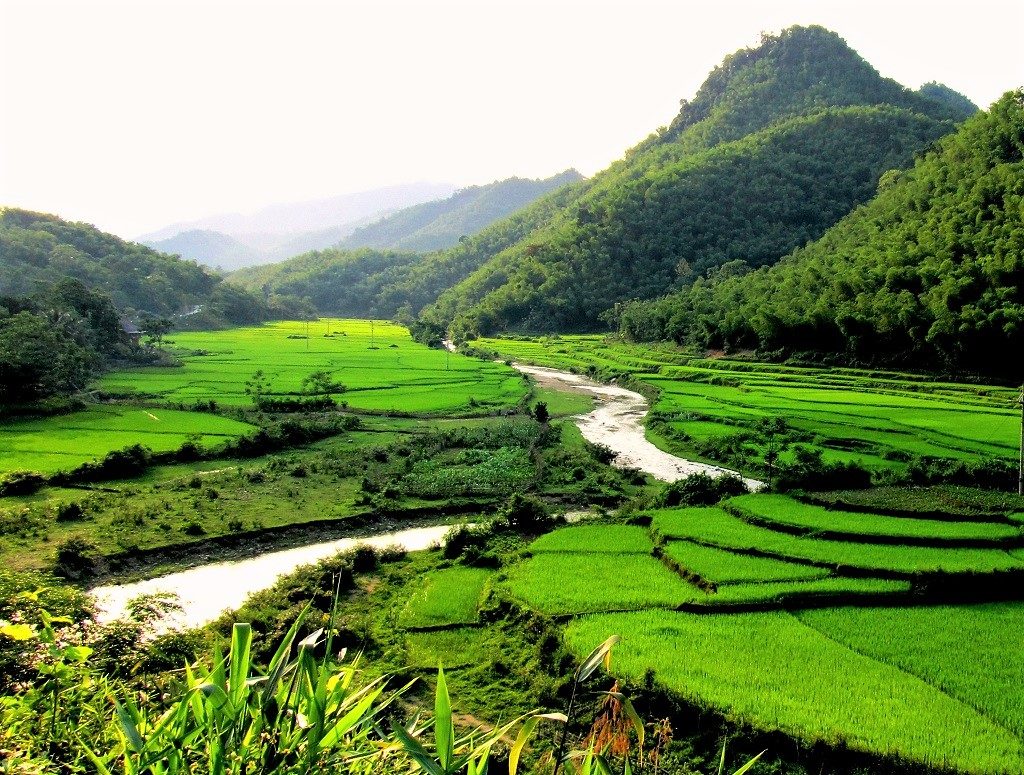
There are various ideal times for Pu Luong trekking, each presenting a unique charm. The golden rice seasons, from late May to early June and from late September to early October, attract numerous domestic tourists with vibrant landscapes. Meanwhile, March, April, July, and August exhibit lush greenery, providing a cool escape from the heat.
Beyond these times, Pu Luong holds other allures throughout the year. The latter months, notably the year-end, offer a tranquil ambiance with the misty Pu Luong weather and fog-blanketed landscapes. Moreover, the season of water pouring over terraced fields creates a captivating spectacle. While these periods may see fewer visitors, they offer a serene experience for those seeking tranquility amidst nature’s beauty.
3. Best Pu Luong trekking routes for first-time visitors
3.1. Trekking to Pu Luong Peak
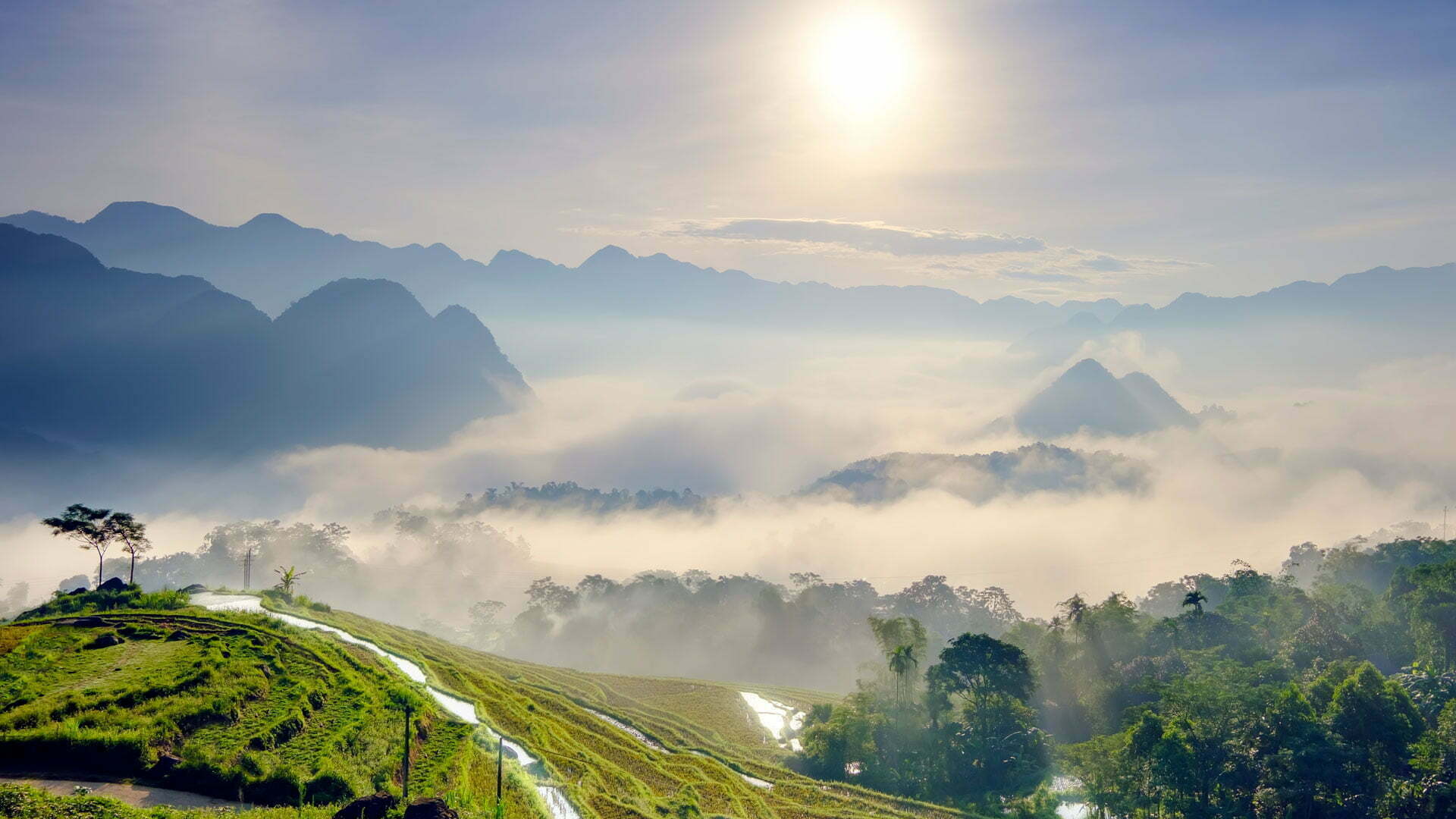
Standing at an elevation of 1,700 meters, Pu Luong Mountain presents an enticing challenge for hiking enthusiasts. Pu Luong trekking to the mountain summit unveils panoramic vistas of lush landscapes, terraced rice fields, and dense forests, rewarding trekkers with stunning views at every turn. The trail to Pu Luong Mountain is an exploration through diverse terrain, including forests, rocky paths, and meandering trails. Reaching Pu Luong Peak, trekkers are greeted by a mesmerizing sight – a sweeping vista that captures the pristine beauty of the surroundings. The sense of accomplishment combined with the awe-inspiring views makes the Pu Luong Nature Reserve trekking a truly unforgettable experience.
3.2. Trekking through Son Ba Muoi

Pu Luong trekking to the villages of Son, Ba, and Muoi in Pu Luong, the three highest villages of Lung Cao Commune, is one of the top things to do in Pu Luong. Perched at approximately 1,180 meters above sea level, these villages boast a perpetually cool climate and rugged mountainous terrain that isolate them from the outside world. The journey to these villages presents an exciting challenge for passionate explorers seeking to immerse themselves in the vibrant culture of the Thai ethnic minority. Amidst traditional stilt houses, the heart of Son Ba Muoi beats with warm hospitality, providing an authentic cultural experience rather than extravagant activities. Beyond cultural immersion, Son Ba Muoi’s allure also lies in its pristine natural beauty, with untouched jungles and lush forests waiting to be explored.
3.3. Trekking to Don Village
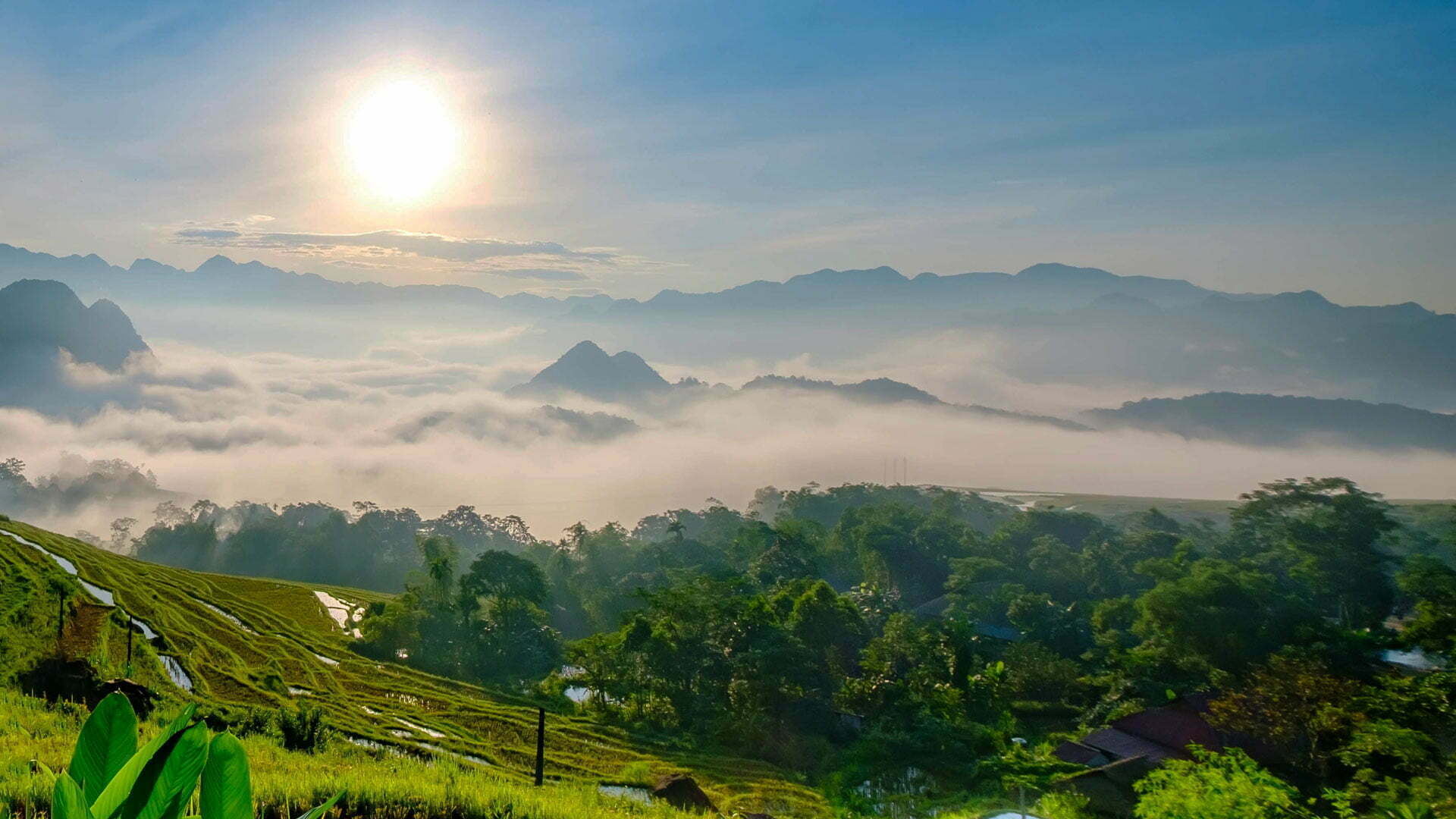
Don Village, the nucleus of Pu Luong tourism, holds significance as the destination’s central hub. Its name, derived from the Thai term for gathering, reflects its historical evolution from scattered dwellings to a unified community. Pu Luong trekking to Don Village is an easy trail that everyone can join. Presently, the village is undergoing transformation into a community tourism hub while preserving Thai cultural roots. Retaining its traditional essence, Don Village showcases Thai heritage through wooden stilt houses amidst gently sloping terraced fields. This scenic locale accommodates a variety of beautiful Pu Luong hotels and homestays, offering visitors an immersive encounter with Thai culture within Pu Luong’s captivating landscapes.
3.4. Trekking from Uoi Village to Lan Village

Embarking on Pu Luong trekking from Uoi Village to Lan Village unveils an adventurous path ideal for avid explorers. Uoi Village captivates with its idyllic scenery of lush palm forests flourishing atop limestone peaks, encircled by mesmerizing terraced fields. In close proximity, Lan Village stands as a bastion of traditional brocade weaving. This journey not only showcases Pu Luong’s natural allure but also offers a glimpse into the indigenous craftsmanship, providing a compact yet enriching experience that blends the region’s scenic beauty with its cultural heritage.
3.5. Trekking to Hieu Village

Trekking to Ban Hieu within Pu Luong unfolds an enchanting journey to a lesser-explored realm. Situated deep within Pu Luong Nature Reserve, this serene village remains a hidden gem, rarely visited by travelers. Life here exudes simplicity, embraced along gentle streams amidst expansive green mountains and forests. Hieu Village reveals nature’s artistry with the cascading Hieu Waterfall. Exploring the village also promises unforgettable encounters, from visiting the local farms to experiencing the local customs, cuisine, and festivities. Pu Luong trekking to Hieu Village offers an immersive venture into the captivating landscapes and rich cultural heritage of Pu Luong.
4. Packing tips for a Pu Luong trekking tour

Pu Luong trekking requires thoughtful packing to ensure a safe and enjoyable trekking experience. Below are the essential things you need to bring along:
- Opt for shoes with high grip for steep and slippery mountain roads.
- Include your own toiletries and hygiene essentials.
- Pack dry foods, snacks, and beverages such as energy drinks or purified water.
- Bring individual or group sleeping gear for accommodations.
- Carry plastic or eco-friendly utensils for meals.
- Bring your first aid kit, including alcohol, medications, fever reducers, and pain relievers.
- Pack a raincoat for unexpected showers.
- Carry protective accessories like gloves, a broad-brimmed hat, and essential trekking poles.
- Prepare warm thermal wear and T-shirts with good absorbency.
- Carry a compass, paper map, whistle, flashlight, headlamp, multi-purpose knife, water filter, fire starter, and survival bracelet.
5. Extra notes for a perfect Pu Luong trek
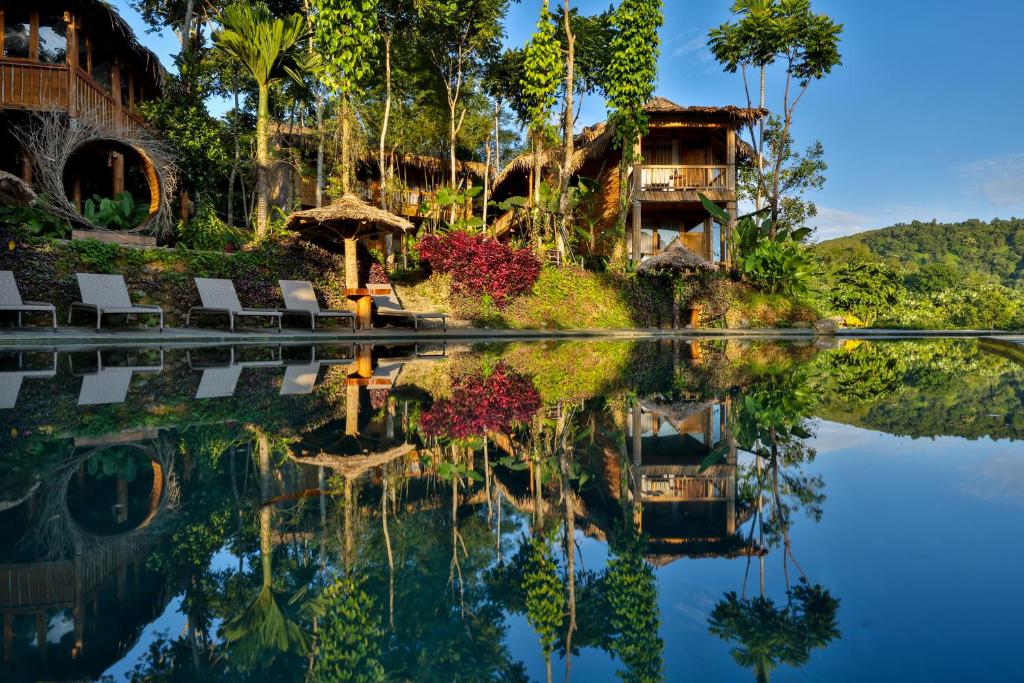
- It is essential to check Pu Luong weather in advance. Avoid trekking on rainy days.
- How to get to Pu Luong from Hanoi?
- Private car or taxi: Although convenient, it is relatively expensive and takes about 4-5 hours to travel by car.
- Public bus: You can catch a bus from My Dinh or Giap Bat Bus Station in Hanoi to Mai Chau District in Hoa Binh Province. From there, you can take a taxi or for the remaining distance to Pu Luong (about 50 kilometers).
- Motorbike: Ideal for adventurous travelers, the 4-5 hour ride from Hanoi offers flexibility but requires confidence navigating Vietnamese roads.
- Shuttle services: Some travel agencies provide transportation services to Pu Luong, which ensures a more convenient and structured journey.
- Accommodation in Pu Luong:
- Homestays: Found in Kho Muong, Kit, and Hieu, these accommodations immerse guests in local heritage and nature and are priced from 100,000 VND per night.
- Resorts: Pu Luong Retreat, Pu Luong Eco Garden, and Pu Luong Natura offer rates ranging from 300,000 to 1,000,000+ VND per night. These eco-conscious retreats provide spacious rooms, infinity pools, and picturesque views over terraced rice fields.
